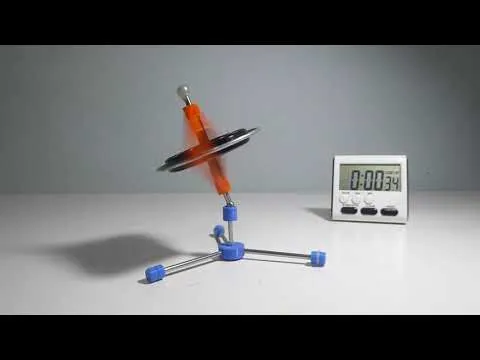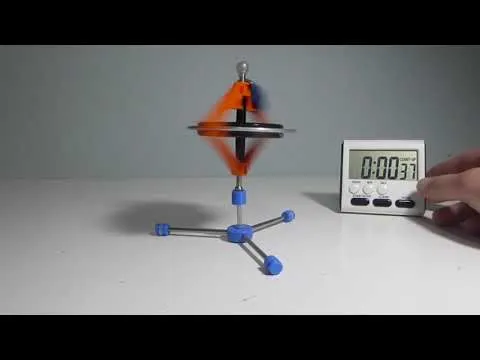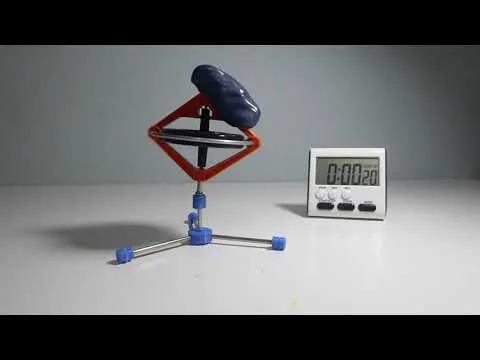In #MESExperiments 22 I have repeated Experiment 21 by making sure the casing does not rotate as the gyroscopes rise thus confirming that some gyroscopes can in fact rise much quicker when extra weight is added. The earlier Experiment 21 involved comparing a gyroscope with no added weight with that of a 30% by-weight added putty gyro test, in which the added weight gyro rose by almost 3 times faster. Since the gyro spin speed was very fast, the casing of the non-added weight gyro was rotating rapidly during rising while the added weight gyro did not experience casing rotation. After criticism that the casing rotation may causing the slower rising rate of the non-added weight gyro test, I have repeated the experiment by adding a small 5% by-weight putty to ensure the gyro casing does not rotate. Thus in this video, I compare the same gyro without casing rotation for a 5% by-weight added putty with that of a 30% putty; and as expected the heavier added weight gyro test rose 2X faster.
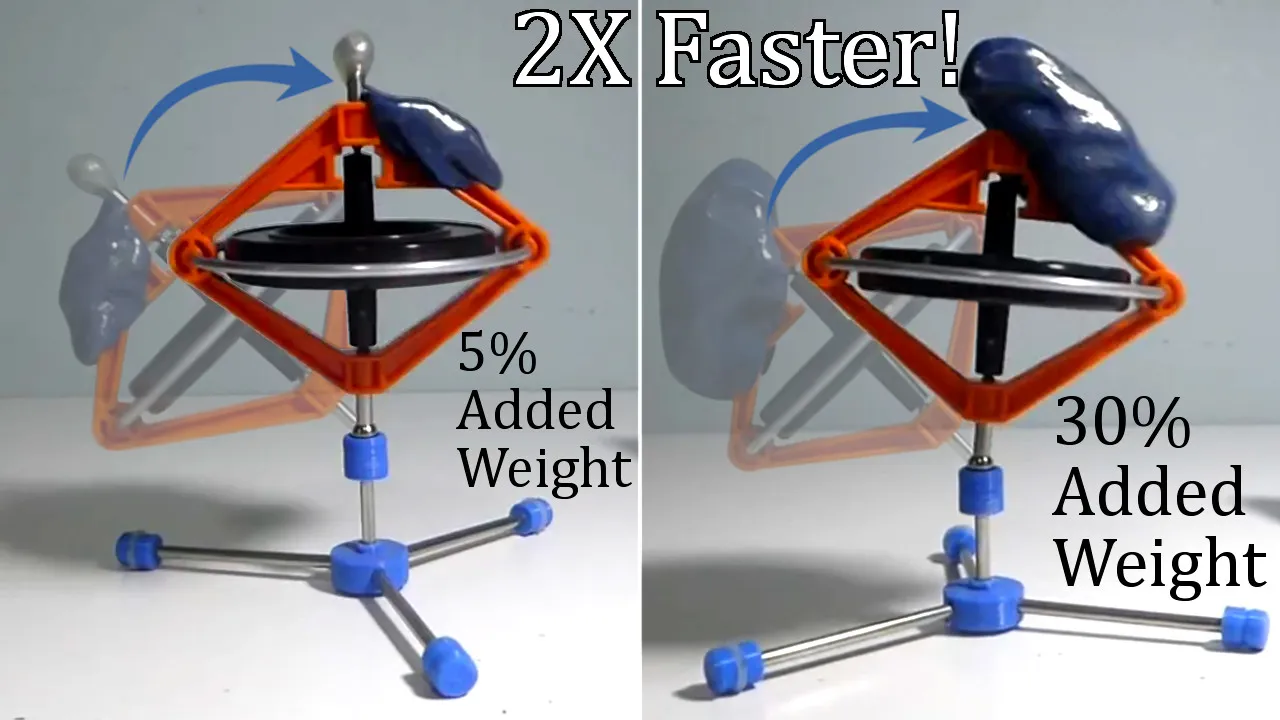
Weight Measurements and Unedited Videos Reference
The original unedited experiments are shown in the links below:
Experiment 21 with the casing rotation can be view here: @mes/mesexperiments-21-added-weight-can-make-a-gyroscope-rise-faster-magic
The toy gyroscope weighs 100.63 g, the light putty weight weighs 5.44 g, and the heavy putty weight weights 29.67 g.
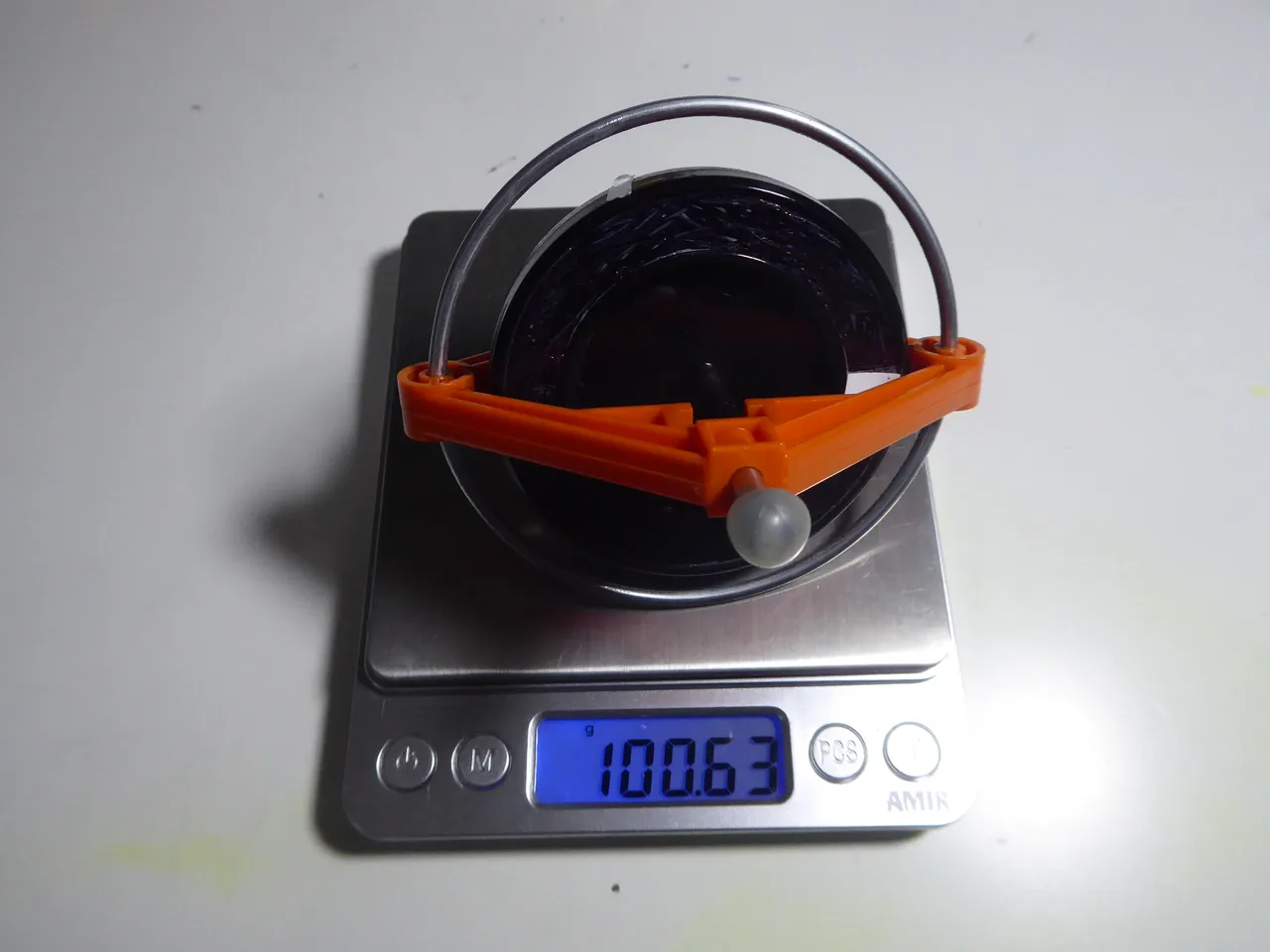

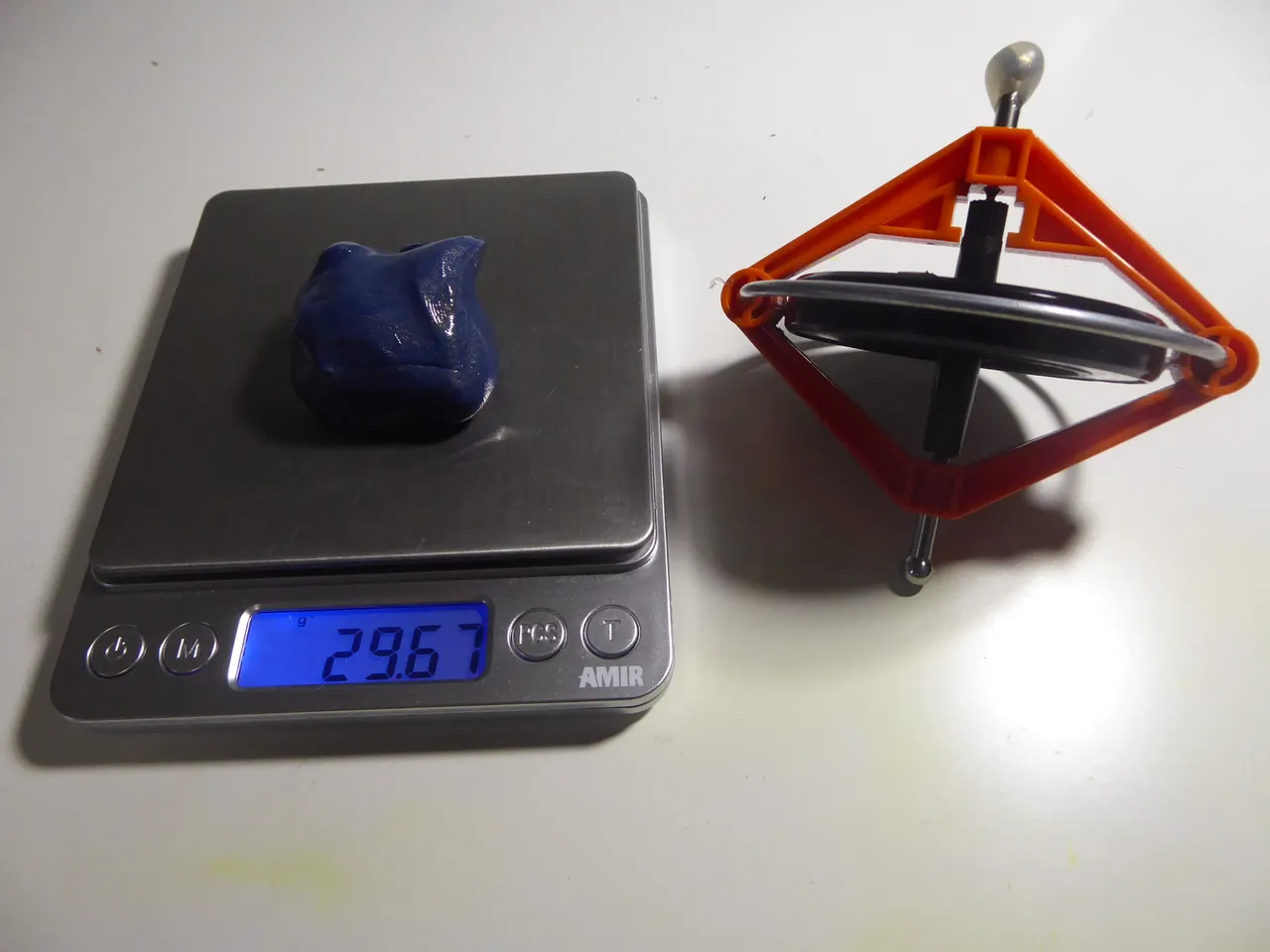
Experiment Results
The full experiment results are tabulated and graphed below from the following downloadable Excel spreadsheet.
https://1drv.ms/x/s!As32ynv0LoaIiIIBe3hSO6m7cl-XHg?e=a5F9WA
Retrieved: 8 February 2020
Archive: Not Available

Note the heavier the weight added the faster the rising but the lower the sleep and overall balancing time before falling. Thus adding weight for this particular gyro can make it paradoxically rise and fall faster.
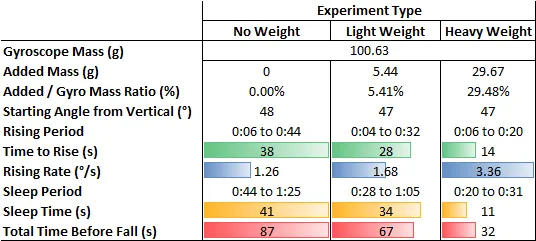

The elapsed time and angle measurements for each experiments are tabulated below.




Each experiment is plotted in the figure below, whereas the angle 90° indicates when the gyros have fallen. Amazingly, all 3 tests have the same pattern, and which is compressed as the added weight increases.
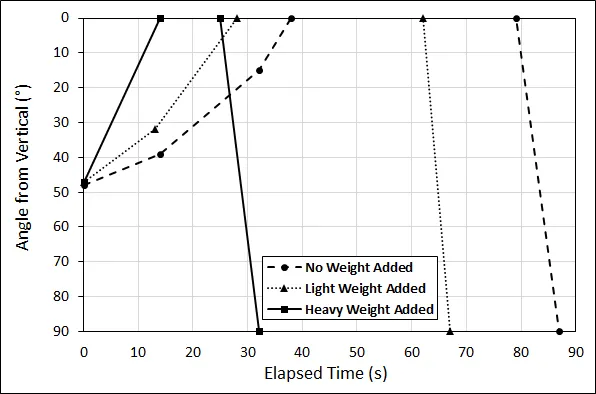
Full Sequence of Events
The full sequence of events of the experiments are listed below via screenshots of the experiment video.
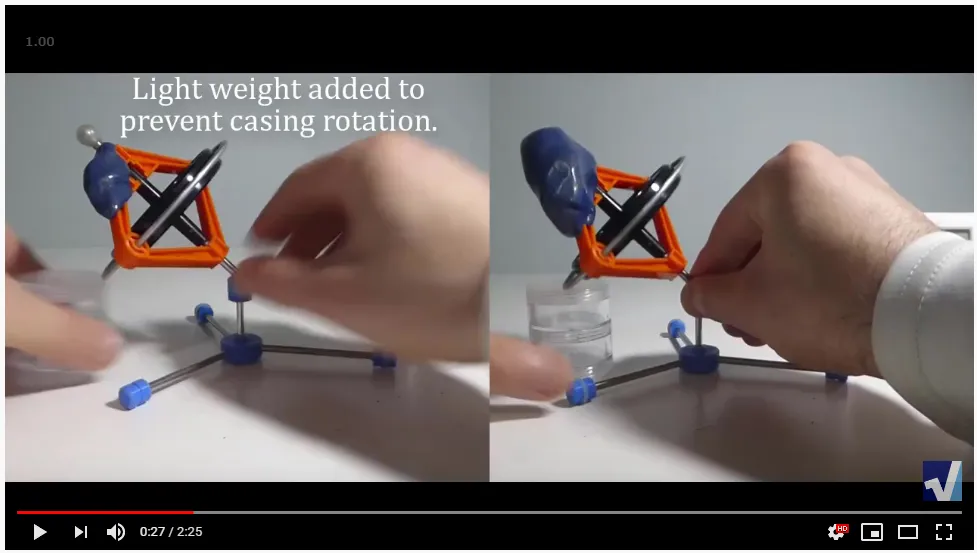
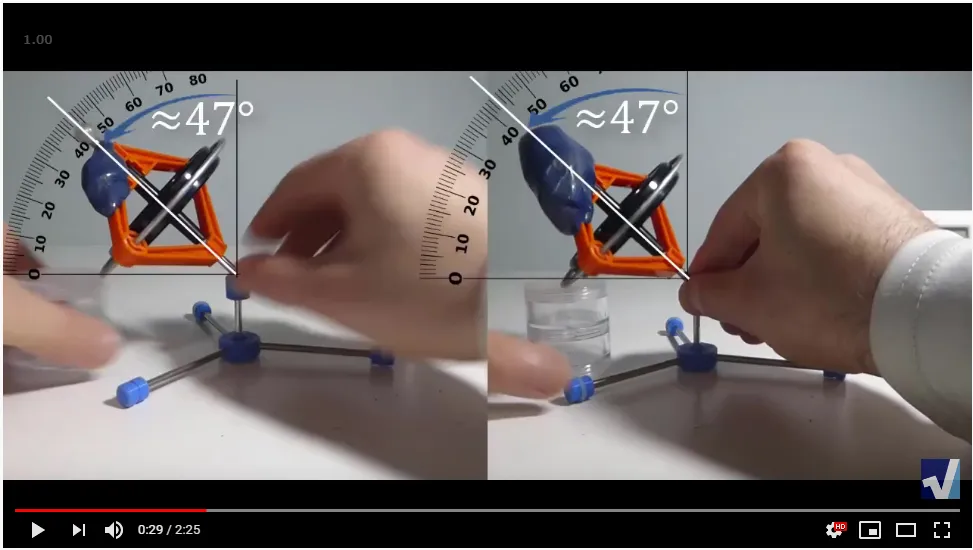
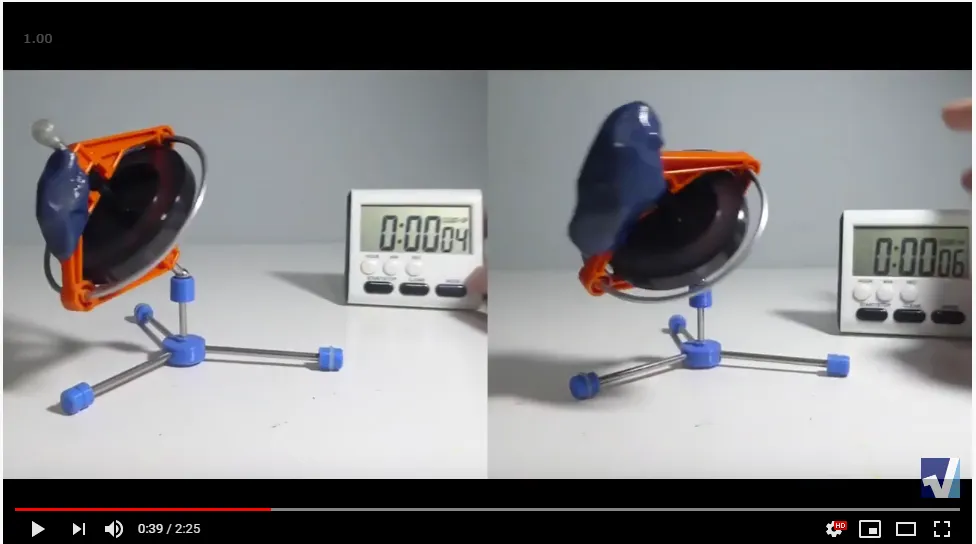
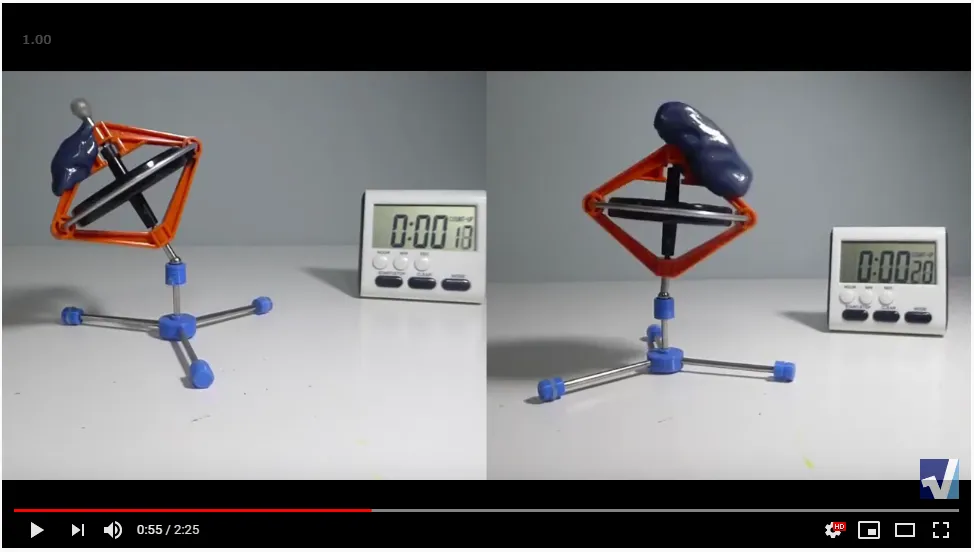
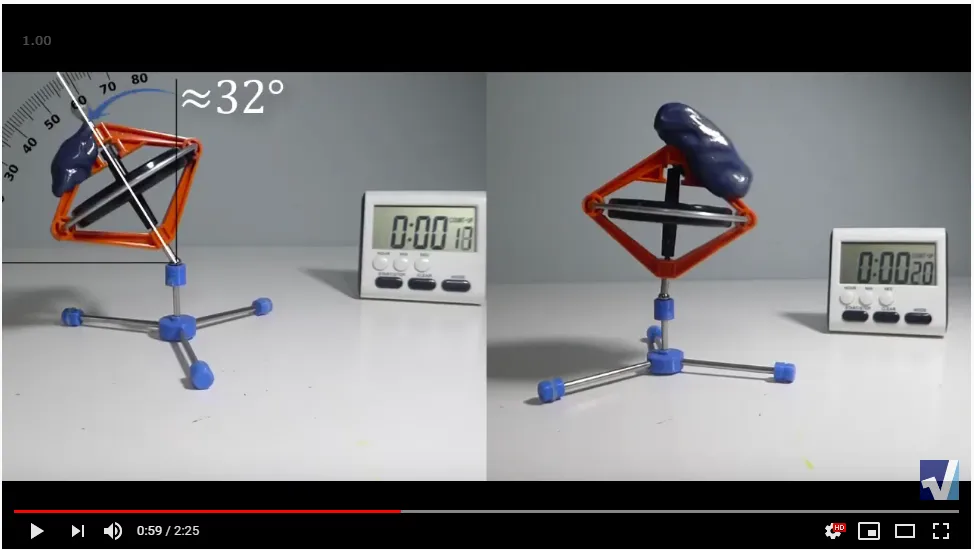
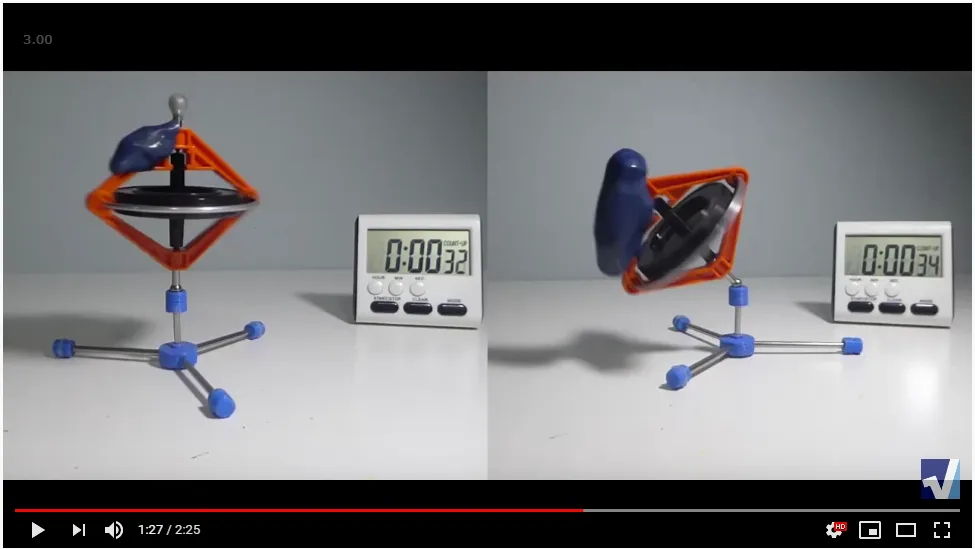

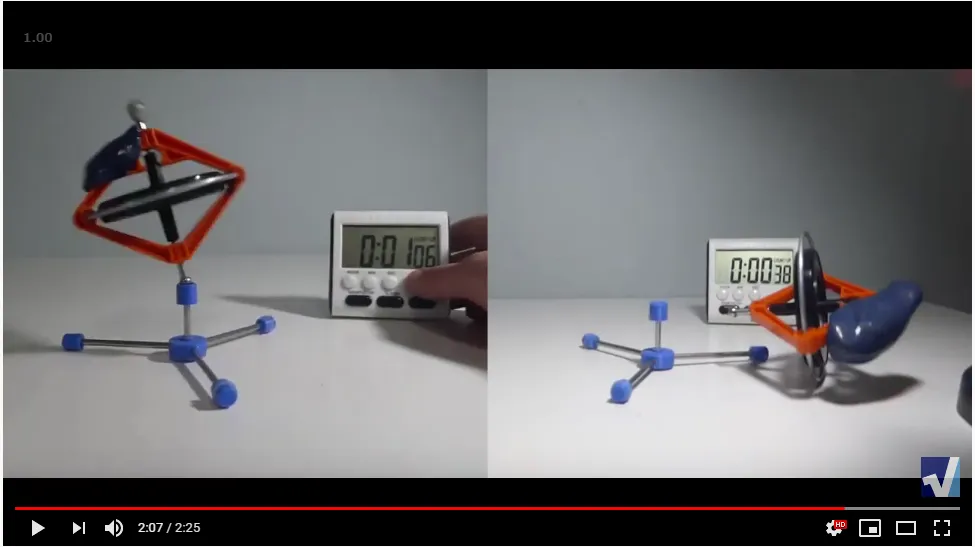
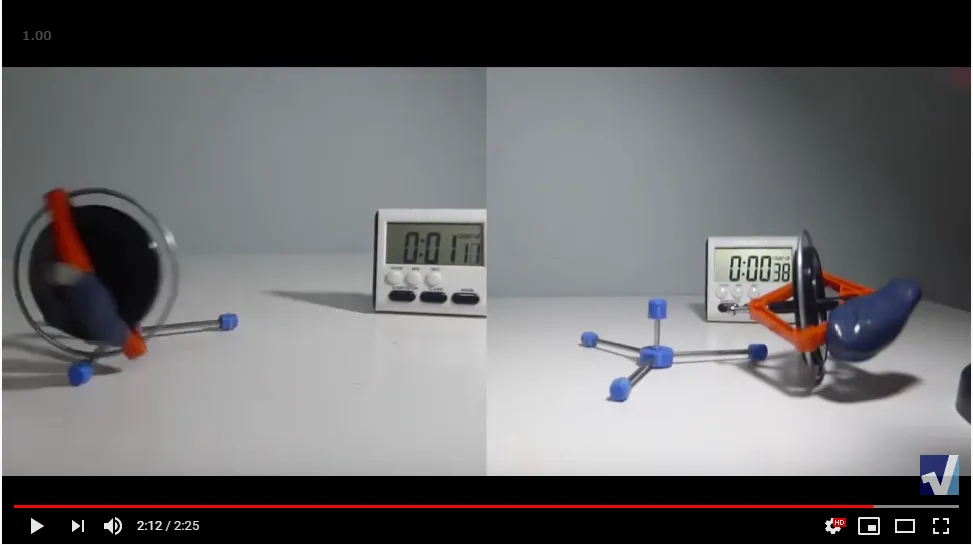
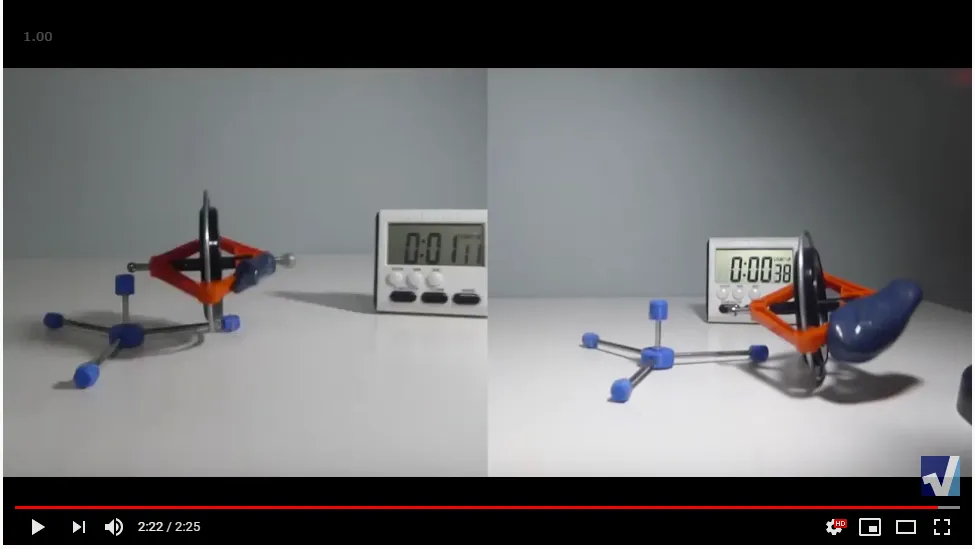
Stay Tuned for #MESExperiments 23…
Watch Video On:
- 3Speak:
- Odysee: https://odysee.com/@mes:8/mesexperiments-22-added-weight-can-make:5
- BitChute:
- Rumble: https://rumble.com/v1v88jm-mesexperiments-22-added-weight-can-make-a-gyroscope-rise-faster-no-casing-r.html
- DTube:
- YouTube:
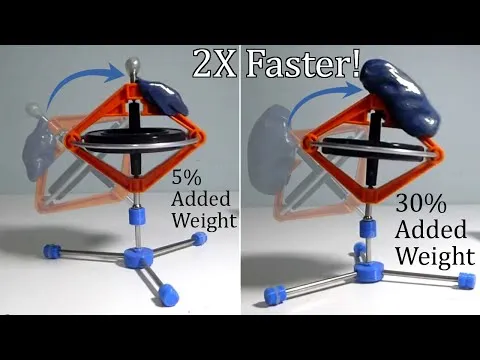
View More Amazing Videos:
- #MESExperiments Video Series: @mes/list
- DRAFT #MESExperiments Video Series: https://mes.fm/experiments-draft
- #MESScience Video Series: @mes/tutorials
- #AntiGravity Video Series: @mes/series
- #FreeEnergy Video Series: https://mes.fm/freeenergy-playlist

